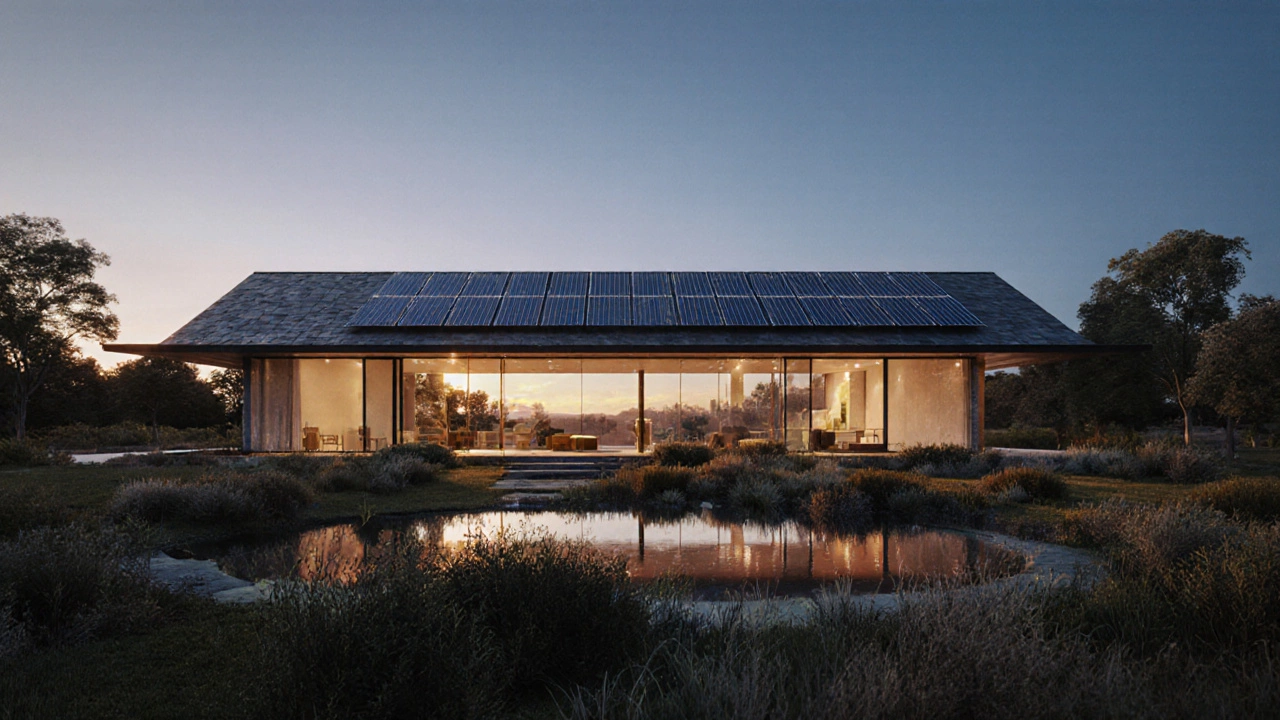Discover what defines the most eco‑friendly home, its key components, and a step‑by‑step checklist to turn any house into a low‑carbon, energy‑efficient haven.
Eco-Friendly Home: Sustainable Living Made Simple
When designing an eco-friendly home, a residence built or adapted to lower its environmental impact through energy efficiency, waste reduction, and sustainable materials. Also known as green house, it combines smart design with mindful habits. This concept requires self-catering, a setup where guests prepare their own meals, cutting down on commercial waste and transportation emissions and often overlaps with glamping, luxury camping that uses eco‑friendly structures like yurts or pods, offering comfort without heavy resource use. Together, these elements support sustainable travel, letting visitors enjoy nature while keeping their carbon footprint low.
Key Elements of an Eco-Friendly Home
One of the easiest ways to boost green credentials is through green cleaning, using non‑toxic, biodegradable products that protect indoor air quality and reduce chemical runoff. Pair that with low‑tech cowboy camping, a rustic, Leave No Trace style adventure that relies on minimal gear and fire‑craft skills, and you get a home that teaches sustainable habits inside and out. Energy‑saving upgrades—LED lighting, smart thermostats, and solar panels—reduce utility bills and lower greenhouse gas output. Water‑wise fixtures and rainwater harvesting enable households to meet daily needs without draining local supplies. By treating waste as a resource—composting kitchen scraps, recycling plastics, and using reusable containers—an eco‑friendly home creates a circular loop that mirrors the principles of modern glamping sites.
Beyond the basics, an eco‑friendly home can become a hub for community learning. Hosting workshops on sustainable cooking or offering guided forest walks connects homeowners with neighbors who share a love for the outdoors. Budget‑friendly accommodations, like the cheapest hotel types highlighted in our guides, demonstrate that going green doesn’t mean splurging. In fact, many eco‑focused properties—whether a self‑catering cottage or a glamping pod—show how smart design cuts costs while delivering comfort. As you read on, you’ll discover actionable steps, real‑world examples, and tips for turning any space into a greener, healthier place to live. These insights will help you build a home that feels good, saves money, and respects the planet, setting the stage for the articles below.
